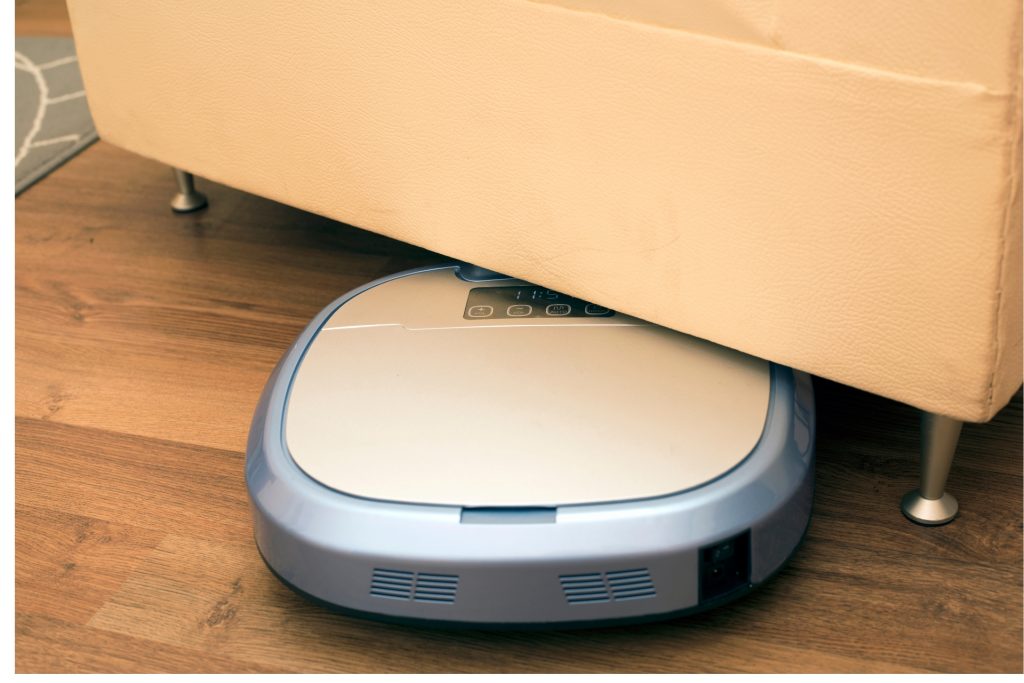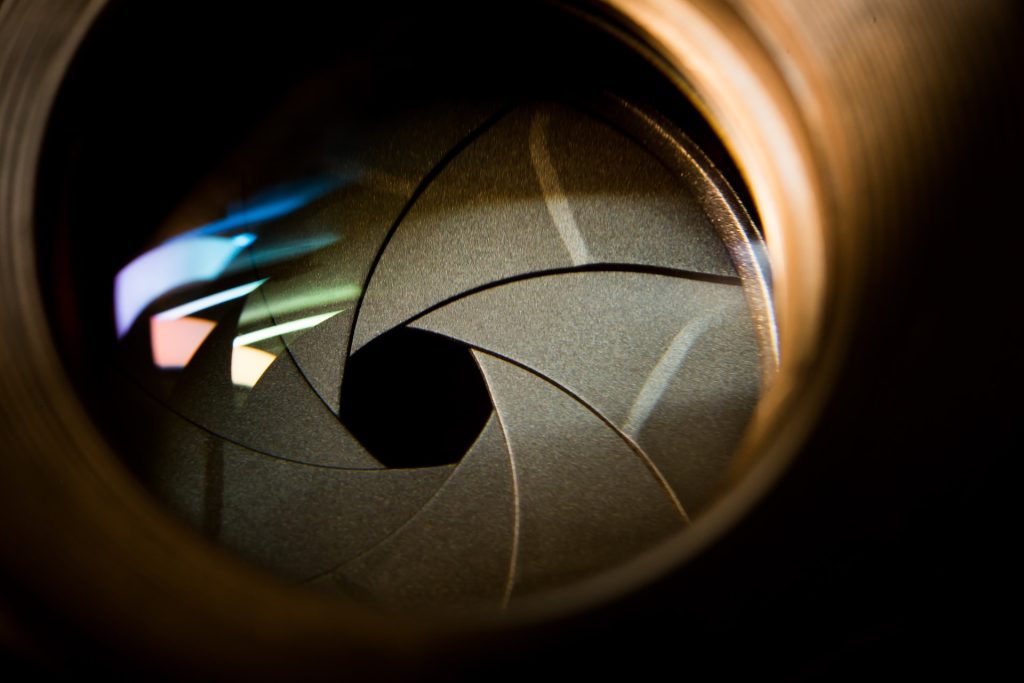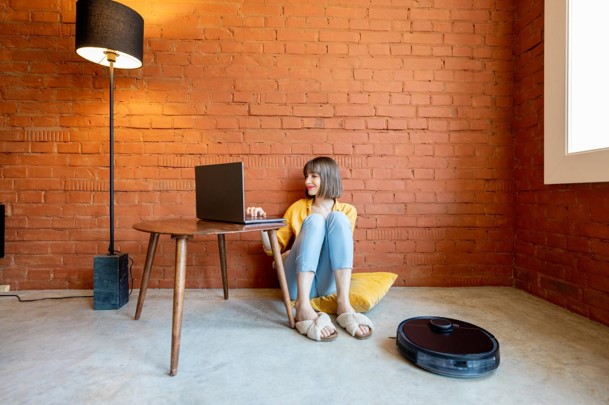Robot vacuums provide a convenient way of cleaning your house, especially compared to traditional methods. Most of them are equipped with advanced navigation and mapping sensors that allow them to navigate your home with ease. They use these sensors to avoid any obstacles while cleaning your home.
But how does it work? Well, there’s a lot that goes on under the hood. Sensors like Lidar, infrared, and pressure sensors all help them to navigate your home. Here, we’ll take a quick look at how these different navigation features work.

Contents
1. Infrared Sensors
One of the most important and common sensors embedded in a robot vacuum is an infrared sensor. You can find nearly all robot vacuums equipped with these. For instance, robot vacuum cleaners use these sensors and mapping technology to maneuver within a room with ease, ensuring every nook and cranny is cleaned thoroughly. These sensors use infrared beams to detect any clutter that lies in the path of the robot.
The infrared beam, which is invisible to the human eye, bounces off every object. This beam is sent back to the robot, and the processor uses this information to help it navigate around the object.
2. Ultrasonic Sensors
The ultrasonic sensor is usually paired with the infrared sensor for a more advanced navigation technique. Much like the infrared sensor, ultrasonic sensors are also simple in their operation. However, instead of infrared beams, these sensors use sounds.
They project a frequency that hits objects in the path of the robot, and that frequency bounces back to be picked up by the sensor. This frequency is inaudible to the human ear. The sensor then calculates how long it takes for the frequency to bounce back to get an idea of distance.
This gives the robot an idea of how far away certain obstacles are. Paired with the infrared sensor, this technology is basic but works wonders.
3. Vision-Based Sensors

“Vision-based sensors” is just a fancy term that some manufacturers use for cameras. Some higher-end models are equipped with digital cameras that allow the robot to see your home. You can probably guess how this works. Light hits the sensor, it turns into an image, and this image is then processed by the onboard CPU. Robot vacuums have become so advanced to the point that they can understand and use this video feed to navigate your home.
4. Lidar
Utilized in robot vacuums for creating a 3D map of their surroundings, Lidar stands at the forefront of cutting-edge navigation technology. The vacuum uses the 3D map created to plan its cleaning path while avoiding obstacles.
This 3D map is created by emitting a laser and calculating the time it takes for the laser to return. The time calculated is used to calculate the distance between the robot and the obstacles. This technology helps avoid the robot from bumping into objects surrounding it.
It works similarly to infrared but in a more advanced manner. By creating a 3D map, robot vacuums with lidar mapping have a better understanding of the entire room layout rather than just the obstacles in front of it.
5. Accelerometers and Gyroscopes

While infrared, ultrasonic, and camera-based sensors are important, most of them are pretty much useless if you don’t have an accelerometer or gyroscope. An accelerometer measures the acceleration and helps the vacuum detect changes in speed or direction.
Gyroscopes do the same thing but instead, use a spinning or beam of light that circulates to determine the position of objects. Both of these sensors allow robot vacuums to adjust their navigation according to changes in speed and the position of certain objects.
6. Embedded Motor Controller
Do you know what part of the robot vacuum controls its wheels? It is the embedded motor controller, an essential part of the vacuum that helps you avoid obstacles.
The embedded motor controller consists of 3 parts — a microcontroller that receives instructions from the vacuum’s computer and sends signals to the power amplifier, a power amplifier that amplifies the signals and sends them to the motor, and a sensor.
More from us: How To Use Robocopy To Transfer Files Over The Internet
7. Pressure Sensors
The pressure sensor is a small diaphragm that is sensitive to pressure changes. When the vacuum is near to falling, the pressure increases, which alerts the sensor. The sensor then sends a signal to the vacuum’s computer, which tells the vacuum to take steps to avoid falling.
The steps that the vacuum takes to avoid falling typically involve slowing down or backing away from the edge. In some cases, the vacuum may even turn around and go a different way. Pressure sensors, as a whole, help to keep the vacuum from falling off cliffs, stairs, or other high places.
8. Cliff Sensor
A cliff sensor in a robot vacuum is crucial when the device is near ledges or stairs. The idea is pretty simple as it just uses two infrared sensors that point directly down. This quickly tells the robot that there’s no surface beyond a certain point, and the robot will avoid that area. It’s an important feature to have if you use your robot vacuum on the second floor.






